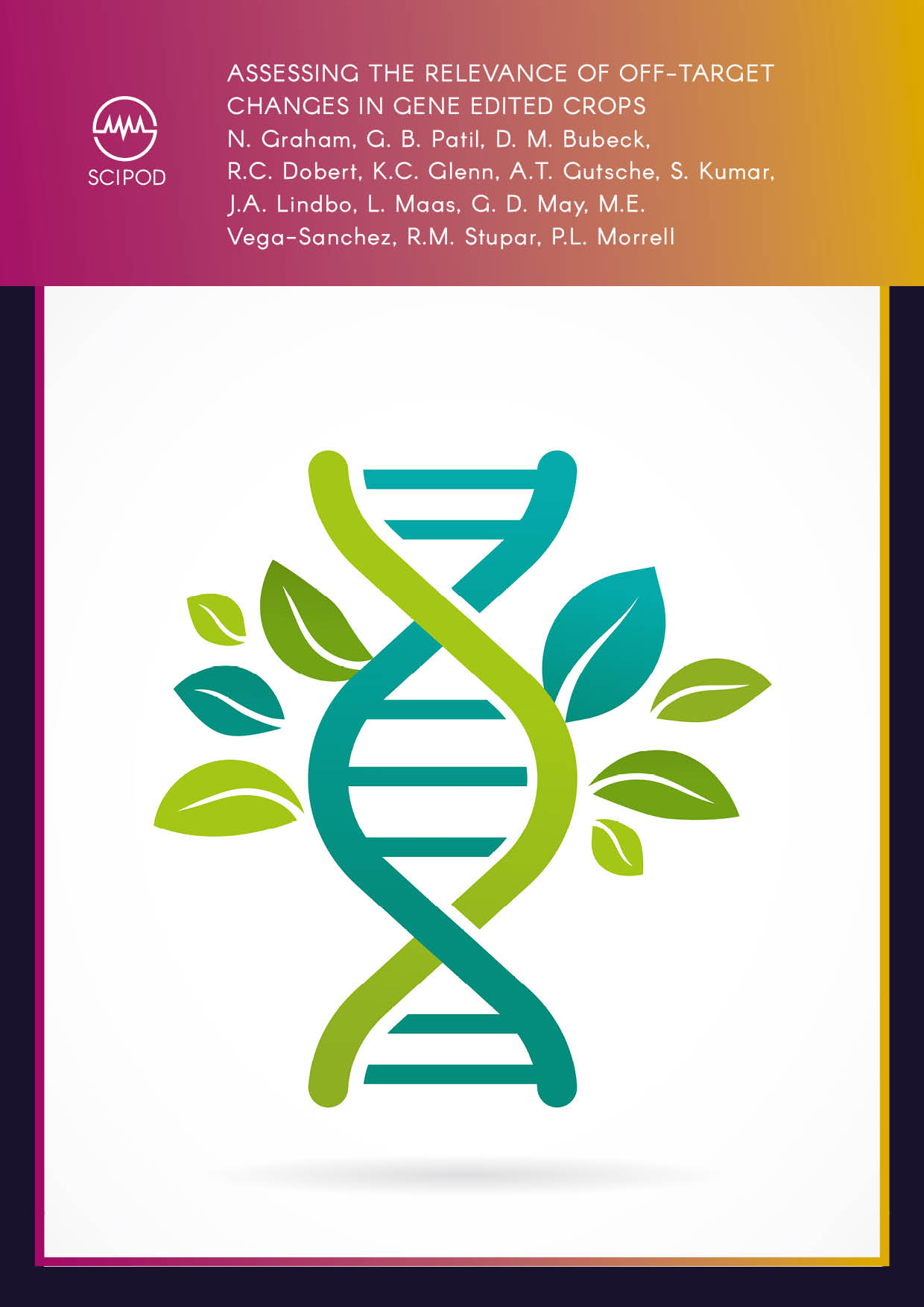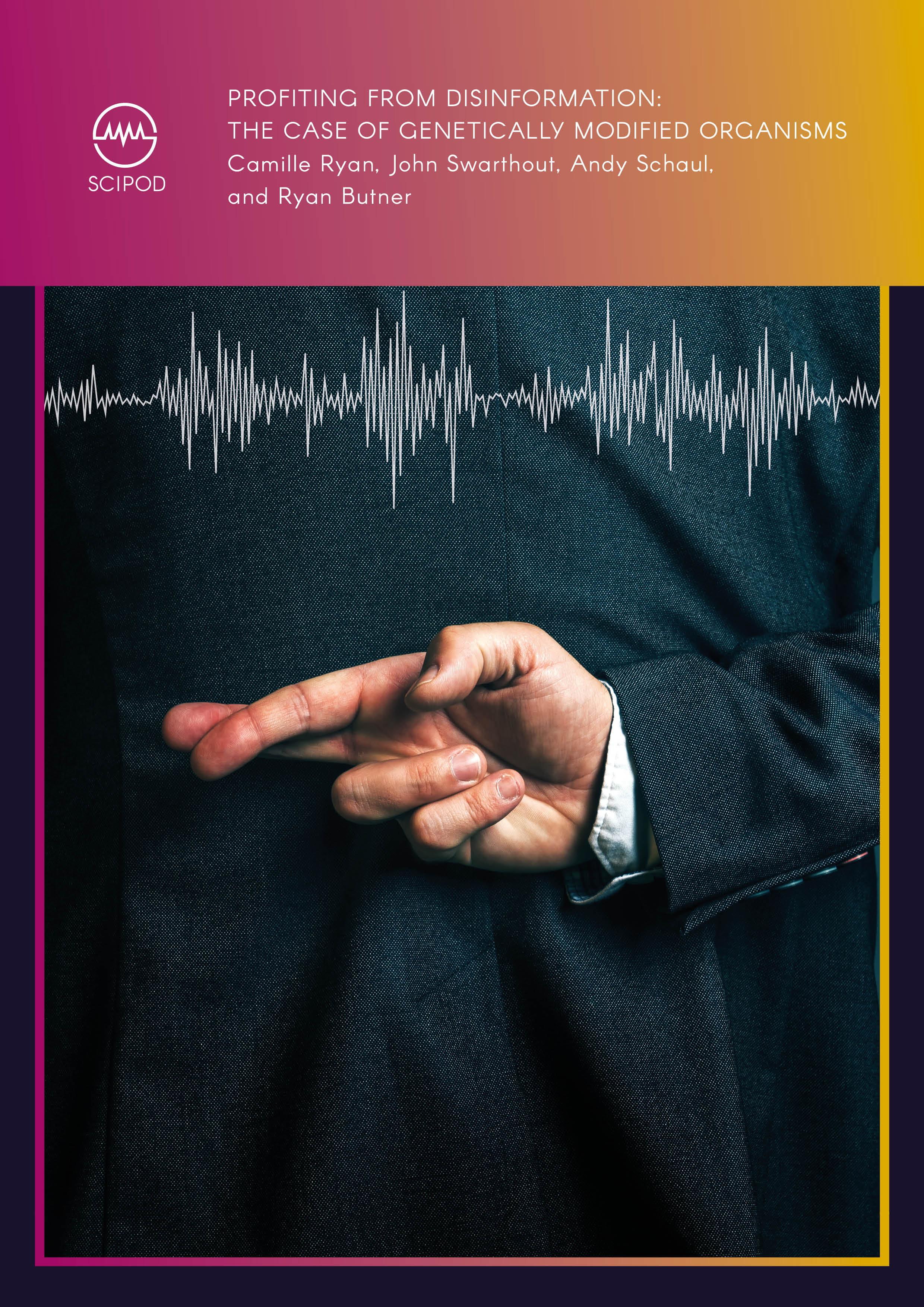The Art and Science of Developing Safe New Crop Varieties
Original Article Reference
This SciPod is a summary of the paper ‘The role of conventional plant breeding in ensuring safe levels of naturally occurring toxins in food crops’, from Trends in Food Science & Technology. https://doi.org/10.1016/j.tifs.2020.03.042
Conflict of interest and funding disclosures
Authors N. Kaiser, D. David, A. Dhingra, and E. C. Stowe have no interests to declare. Authors S. Swarup, P.R. Herzig, and K.C. Glenn are employees of Bayer Crop Science and were provided financial support in the form of authors’ salaries and research materials. The production of this SciPod was commissioned by Bayer Crop Science.
Share Episode
Watch to learn more
About this episode
Many of the plant species that we depend on for food produce toxins. The wild ancestors of these crops relied on toxins to ward off diseases and prevent them from being eaten by animals. By choosing individual plants that lack the genes necessary to produce toxins, generations of selective breeding have produced countless crop varieties that are safe to eat. In a recent review, Natalie Kaiser from Michigan State University and her co-authors review the history of developing safe crop varieties, and discuss the special considerations given to plants that produce toxins.
Related episodes
This work is licensed under a Creative Commons Attribution 4.0 International License. 
What does this mean?
Share: You can copy and redistribute the material in any medium or format
Adapt: You can change, and build upon the material for any purpose, even commercially.
Credit: You must give appropriate credit, provide a link to the license, and indicate if changes were made.
Increase the impact of your research
• Good science communication encourages everyday people to be scientifically literate so that they can analyse the integrity and legitimacy of information.
• Good science communication encourages people into STEM-related fields of study and employment.
• Good public science communication fosters a community around research that includes both members of the public, policymakers and scientists.
• In a recent survey, 75% of people suggested they would prefer to listen to an interesting story than read it.

Step 1 Upload your science paper
Step 2 SciPod script written
Step 3 Voice audio recorded
Step 4 SciPod published


